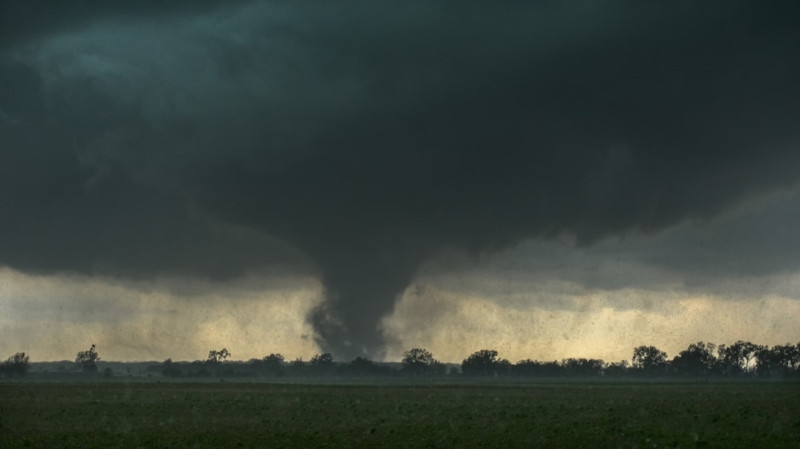A powerful geomagnetic storm is stirring excitement across the United States, with experts forecasting a rare opportunity to witness the aurora borealis—commonly known as the northern lights—farther south than usual tonight. The National Oceanic and Atmospheric Administration (NOAA) has issued alerts for a G1 geomagnetic storm, driven by a recent coronal mass ejection from the sun, which could make the aurora visible in states well beyond its typical range.
The latest aurora forecast suggests that the northern lights may be seen as far south as Alabama and California, with the best viewing conditions expected in northern states like Washington, Michigan, and across the Midwest The Kp index, a key measure of geomagnetic activity, is forecast to reach or higher, which increases the likelihood of auroras moving away from the poles and becoming more luminous and active.
However, space weather remains notoriously unpredictable. Just days ago, a much-anticipated severe geomagnetic storm weakened unexpectedly, leaving many skywatchers disappointed Tonight’s display depends on the ongoing interaction between solar particles and Earth’s magnetic field, which can change with little warning.
For those hoping to catch the show, experts recommend heading outside after dark, away from city lights, and keeping an eye on real-time aurora alerts or NOAA’s 30-minute forecast updates for the best chance of spotting the spectacle While not every location will have clear skies, many across the U.S. could be treated to vibrant green and purple hues lighting up the night.
With the sun approaching the peak of its 11-year activity cycle, more frequent and widespread aurora events are expected throughout the year Whether tonight’s storm delivers a dazzling display or not, the northern lights remain one of nature’s most unpredictable—and mesmerizing—shows.



